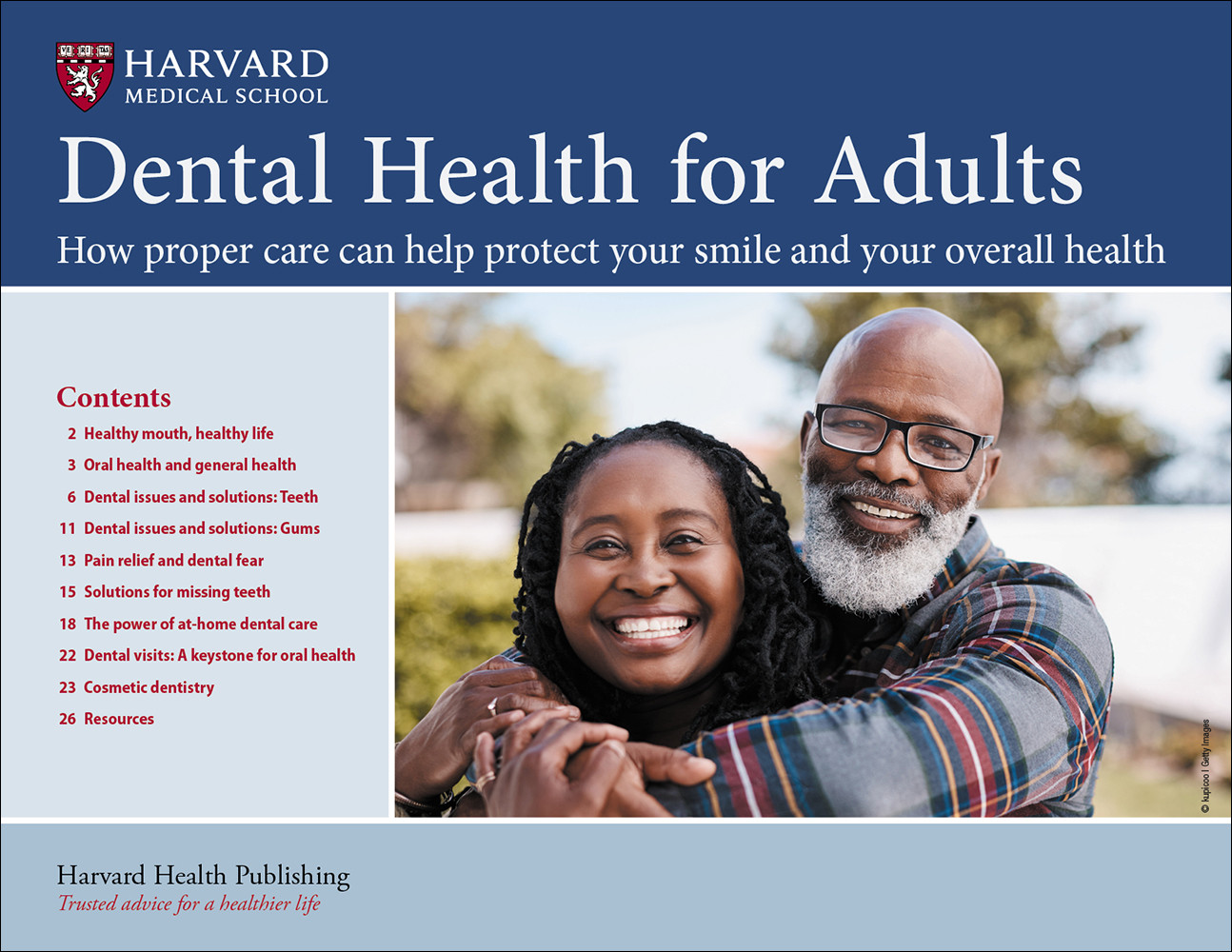At-home dental care: True or false?

Try these true-or-false questions to learn more about how to best care for your teeth and mouth.
#1. If your gums are bleeding, you're brushing too hard.
True, sometimes. Bleeding gums are usually a sign of gum disease, but over-vigorous brushing can cause gums to bleed as well. Pregnancy, poorly fitting dentures, and some medications, such as anti-clotting drugs, can also contribute to bleeding gums. However, if you're brushing correctly (see the next question for tips!), healthy gums generally will not bleed.
#2. It doesn't matter how I brush, as long as I brush for two minutes.
False. One of the better ways to brush is to move your toothbrush in a circle. This is called the Modified Bass Technique. This circular motion picks up the plaque on your teeth and sweeps it out while other ways of brushing only move the plaque and push it against other surfaces. To use the Modified Bass Technique, hold your brush at a 45-degree angle to the gum line. Let the bristles reach just beneath the gum line.
Regardless of the technique you use, it's also possible to brush too hard. This can damage your gums and wear away tooth enamel. Gentle pressure is all that's needed to remove debris and plaque.
Two minutes of brushing is ideal, though. If it helps, set a timer. Use a fluoride toothpaste, and floss at least once a day. Brushing and flossing before bed is especially important in order to remove food particles from your mouth before you sleep.
#3. There's no single "right way" to floss.
False. For effective flossing, wrap the floss around the middle finger of each hand, leaving a section in the middle that's several inches long. Use your thumbs and index fingers to hold that section. Gently work the floss into the space between two teeth and press it against one of the teeth creating a C-shape, sliding it up and down a few times. Then press against the other tooth, repeat, and move to the next space. These motions lift away the plaque. Make sure to move gently around the gums to avoid placing damaging pressure on them.
#4. Electric toothbrushes are often more effective than manual ones.
True. With proper use, a manual toothbrush should be as effective as an electric toothbrush, but most people don't brush long enough or use correct brushing techniques.
Research has found that electric toothbrushes are better at removing plaque and reducing the risk of gingivitis. One review by Cochrane, an independent review organization, found a "moderate benefit" for using an electric toothbrush over a manual one. And one 11-year study published in 2019 found that people who used electric toothbrushes had lower rates of tooth loss, as well as healthier gums and less plaque, compared with people using manual toothbrushes.
#5. Mouthwash can be used instead of brushing and flossing.
False. The American Dental Association (ADA) says: "Using a mouthwash does not take the place of optimal brushing and flossing." This doesn't mean that mouthwash is useless, however. It can fight bad breath, and the ADA notes that some mouthwashes help reduce the risk of gum disease and tooth decay, but only if used as part of a daily oral hygiene routine.
Over-the-counter mouthwashes may be targeted toward preventing decay (fluoride rinses), bad breath, mouth sores, or gum disease. Prescription mouthwashes can help treat gum disease, dry mouth, mouth sores, or dry socket. Most mouthwashes prescribed for gum disease contain chlorhexidine, which is also in some over-the-counter mouthwashes in lower concentrations. Talk with your dentist to decide which mouthwash is best for you.
For more information on how proper care can help protect your smile and your overall health, check out Dental Health for Adults, an online guide from Harvard Medical School.
Image: © Ridofranz | GettyImages
Disclaimer:
As a service to our readers, Harvard Health Publishing provides access to our library of archived content. Please note the date of last review or update on all articles.
No content on this site, regardless of date, should ever be used as a substitute for direct medical advice from your doctor or other qualified clinician.
















